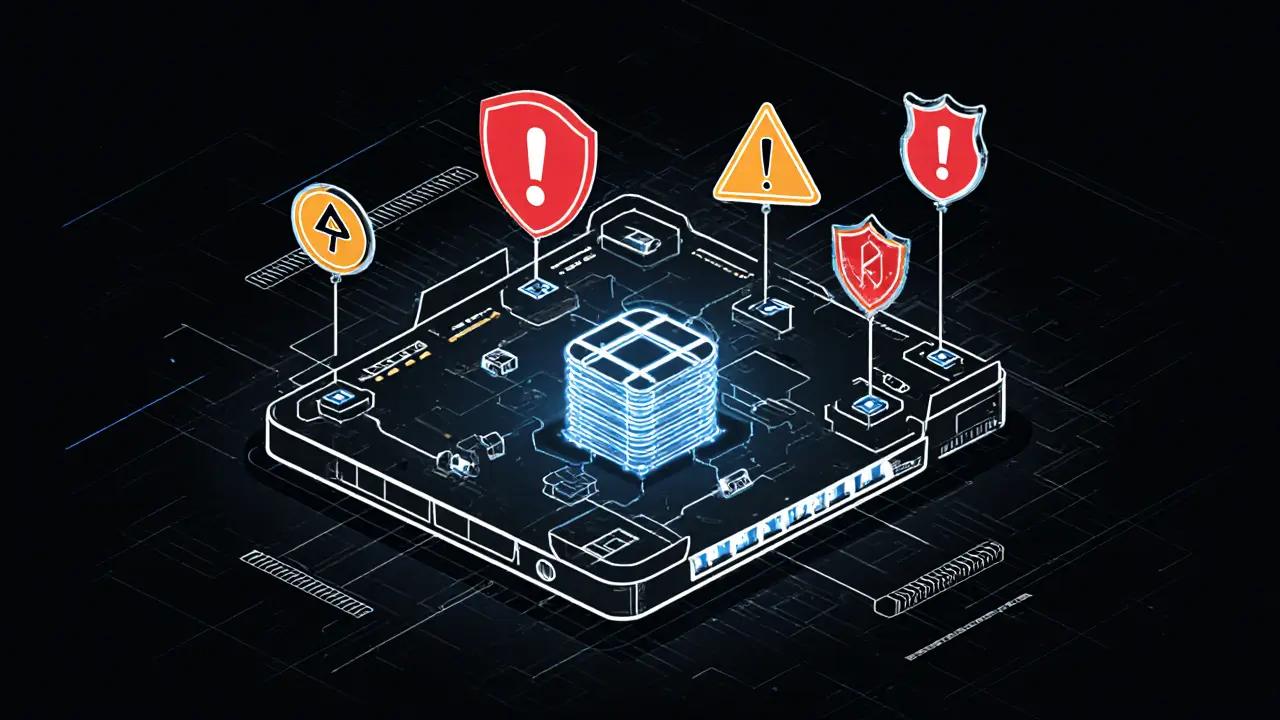Blockchain Security – Protecting Crypto Networks and Assets
When working with blockchain security, the set of practices that keep decentralized ledgers safe from hacks, fraud, and data loss. Also known as chain security, it combines cryptographic safeguards, network monitoring, and smart contract audits to defend the whole ecosystem.
One of the biggest pieces of the puzzle is cryptocurrency exchange security, the measures exchanges use to protect user funds, data, and trading operations. Strong exchange security means cold storage for most assets, two‑factor authentication for users, and regular penetration testing. When an exchange slips, the fallout spreads to wallets, DeFi protocols, and even sidechains that rely on the same token bridges.
Next up is smart contract security, the process of reviewing and testing code that runs autonomously on a blockchain. A single bug can drain millions, so audits, formal verification, and bug bounty programs are essential. Smart contracts sit at the heart of DeFi, NFTs, and many sidechain bridges, so their safety directly impacts overall blockchain security.
Key Areas of Focus
Sidechain security, the protection of auxiliary chains that connect to a main blockchain via bridges is often overlooked. Sidechains enable faster transactions and lower fees, but the bridge code can become a weak link. Recent attacks on bridges showed how a vulnerable two‑way peg can let attackers siphon assets from the main chain, undermining confidence in the whole network.
Another critical layer is DeFi security, the set of safeguards that keep decentralized finance protocols safe from exploits and liquidity crises. This includes over‑collateralization rules, oracle reliability, and flash loan checks. When DeFi platforms slip, users can lose collateral and the ripple effect can hit exchanges and sidechains that hold the same tokens.
These entities are tightly linked: blockchain security encompasses smart contract security; smart contract security requires rigorous audits; audits protect DeFi platforms; DeFi platforms depend on secure sidechain bridges; and sidechain bridges feed back into exchange security. In short, a breach in one area can cascade across the entire ecosystem.
Understanding these connections helps you spot red flags before you invest or develop. Whether you’re choosing a new exchange, launching a token on a sidechain, or writing a smart contract, the same security principles apply: use proven cryptography, run multiple audits, and keep an eye on bridge updates.
Below you’ll find a hand‑picked collection of articles that dive deeper into each of these topics. From exchange reviews to sidechain mechanics, the posts give actionable steps and real‑world examples to strengthen your security posture.
How to Prevent 51% Attacks on Blockchains: Real-World Strategies for Network Security
Learn how 51% attacks work, why they target small blockchains, and what makes Bitcoin and Ethereum resistant. Discover real prevention strategies for users and developers.
VIEW MOREHow Bitcoin Prevents Double-Spending: Inside the Blockchain Solution
Discover how Bitcoin stops the double-spending problem using blockchain, proof of work, and transaction confirmations, ensuring secure peer‑to‑peer payments without banks.
VIEW MORE

